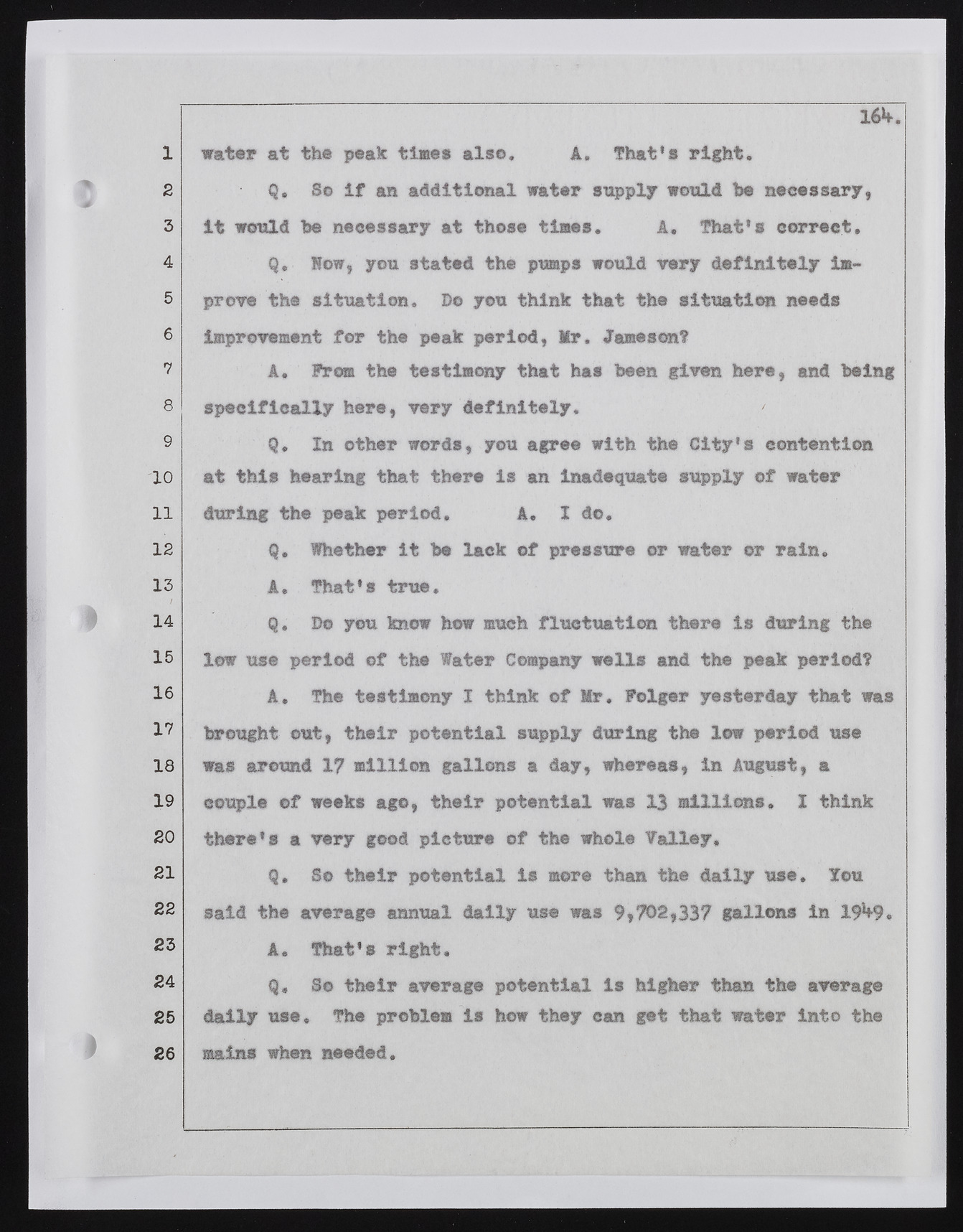Copyright & Fair-use Agreement
UNLV Special Collections provides copies of materials to facilitate private study, scholarship, or research. Material not in the public domain may be used according to fair use of copyrighted materials as defined by copyright law. Please cite us.
Please note that UNLV may not own the copyright to these materials and cannot provide permission to publish or distribute materials when UNLV is not the copyright holder. The user is solely responsible for determining the copyright status of materials and obtaining permission to use material from the copyright holder and for determining whether any permissions relating to any other rights are necessary for the intended use, and for obtaining all required permissions beyond that allowed by fair use.
Read more about our reproduction and use policy.
I agree.Information
Digital ID
Permalink
Details
Member of
More Info
Rights
Digital Provenance
Publisher
Transcription
1 2 3 4 5 6 7 8 9 10 11 12 13 14 15 16 17 18 19 20 21 22 23 24 25 26 water at the peak times also. A. That’s right. Q. So if an additional water supply would be necessary, It would be necessary at those times. A. That’s correct. Q, How, you stated the pumps would very definitely improve the situation. Do you think that the situation needs improvement for the peak period, Mr. Jameson? A. Prom the testimony that has been given here, and being specifically here, very definitely. $ Q* In other words, you agree with the City's contention at this hearing that there is an inadequate supply of water during the peak period. A. I do. Q. Whether It be lack of pressure or water or rain. A. That’s true. Q. Do you know how much fluctuation there is during the low use period of the Water Company wells and the peak period? A. The testimony I think of Mr. Polger yesterday that was brought out, their potential supply during the low period use was around 17 million gallons a day, whereas, in August, a couple of weeks ago, their potential was 13 millions. I think there’s a very good picture of the whole Valley. Q. So their potential is more than the daily use. You said the average annual daily use was 9,702,337 gallons in 19i+9. A. That’s right. Q, So their average potential is higher than the average daily use. The problem is how they can get that water into the mains when needed. 16*K

